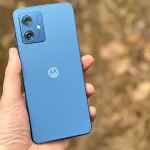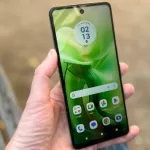
The HMD Pulse Pro’s big calling card is that it’s much easier to repair… but that’s not quite enough to make it a must-buy prospect.
| Pros | Cons |
|---|---|
| Repairable | Comparatively slow |
| 2 Years of OS upgrades | Security updates only come quarterly |
| Decent battery life | Average cameras |
Score: 3/5
In this review
HMD Pulse Pro Specifications
HMD Pulse Pro Design
HMD Pulse Pro Camera
HMD Pulse Pro Performance
HMD Pulse Pro Battery
HMD Pulse Pro Conclusion
Design

While it no longer bears Nokia branding – with HMD seemingly opting only to use its Nokia licence for feature phones – there’s little doubting that the HMD Pulse Pro comes from the same design minds as its prior Nokia branded Androids.
The HMD Pulse Pro is built around a 6.56 inch 90Hz LCD display with a resolution of 1612x720 – so it’s an effective 720p display, not the sharpest you could get for its $299 asking price – with a relatively prominent chin bezel if that kind of detail matters to you. At 480 nits, it’s also not particularly bright even at maximum settings, which can be a bit of a challenge if you’re trying to use it in direct sunlight.
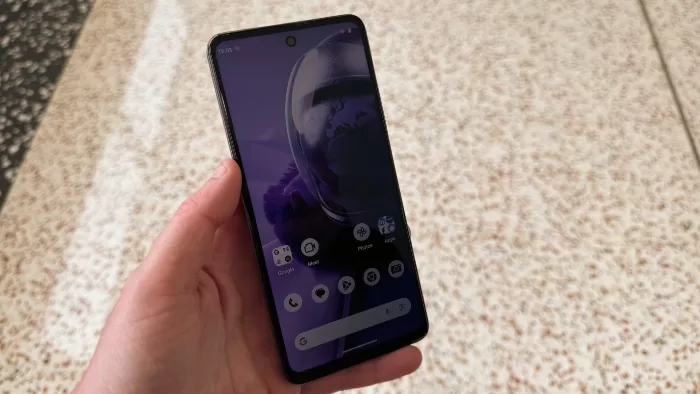
The HMD Pulse Pro has a metallic look to it – HMD sent me the “Twilight Purple” finish, broadly similar to the lilac hues that Samsung’s used for some time – but it’s a plastic body phone with a mild camera bump at the rear that could be entirely eliminated with the use of a phone case.
Controls are minimalistic with the near default combination of a power button/fingerprint sensor and volume controls on the right hand side and SIM card trays on the left. At the base there’s a USB-C socket for power and data along with a standard 3.5mm headphone jack. That’s never a bad inclusion, but again while I’m talking design oddities, it isn’t perfectly centred at the base, sitting prominently towards the back of the phone. That doesn't affect how it works, but it does irk me, even if only slightly.
What HMD has done here is take much of what it’s learned from classic Nokia design language and applied it to a slightly cheaper looking phone. Not cheap as in bad, but you’re not likely to mistake this for a premium design after even a few minutes of use.
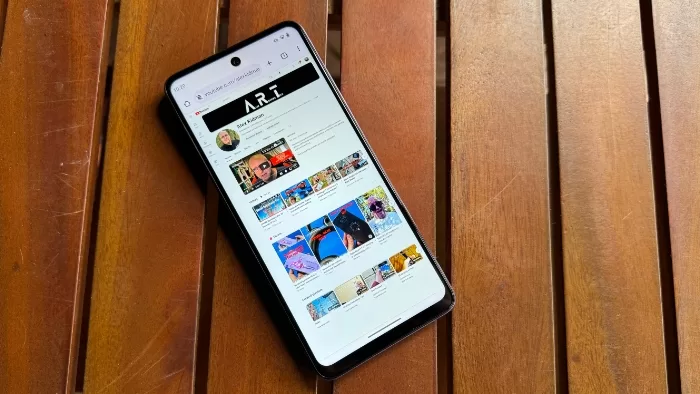
The big story here – and the key reason to get excited about the HMD Pulse Pro – is that it’s the latest phone in HMD’s arsenal to offer self-repair options, with parts and guides available through iFixit if you fancy repairing it yourself down the track, whether that’s for economic reasons, or simply because you’re not within shouting distance of a phone repair shop.
Don’t fancy repairing it yourself? It’s still a win for you, because the easy availability of parts and guides means that you could much more easily get a third party to do the repair work for you with confidence that they’ll be able to do so relatively quickly – which should make the whole job cheaper, too.
It’s truly commendable that HMD is pushing so strongly on making repairability a key selling point for its phones, because it does mean that you’re able to buy them with some confidence about longer term durability, even if you do end up damaging them.
Bear in mind of course that none of this affects your Australian consumer rights; if there’s something wrong with the HMD Pulse Pro in a reasonable time that wasn’t your fault, HMD Global can’t ask you to fix it yourself.
Camera
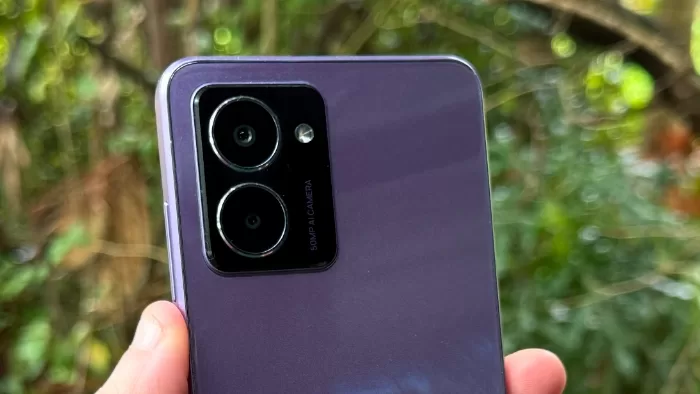
Some interesting choices were made when it came to the HMD Pulse Pro’s camera arrays. At the rear there’s a single 50MP primary wide camera, along with a 2MP depth sensor… and that’s your lot. It’s genuinely surprising to find a phone in this price range that doesn’t have an (awful) 2MP macro lens on board, though that’s not where the surprises end. HMD has also opted for a 50MP front-facing camera for selfie purposes as well.

No macro lens on a budget phone? Are they allowed to do that?
Bigger megapixel counts don’t always correlate with better photos, however, and the story here is one of quite middling photo results, whether we’re talking selfies or shots from the rear camera.

Detail pickup on selfies is OK, but there's no getting past the fake focus that makes me look (once again) like I'm photoshopping myself onto this train.
You do get zoom controls within the HMD Pulse Pro’s camera app, with a default of 1x and 2x on tap and a maximum zoom of 6x. That’s all cropping that primary 50MP lens and applying a light dusting of AI optimisation on top, though the results do quickly degrade the more you push it. Here’s the clock at Martin Place in Sydney on the primary 1x 50MP lens:

Not the best day for photo taking, but the HMD Pulse Pro does OK (not great) from its primary rear camera.
And here’s the 2x crop:

This is again fine, without being exceptional -- there's already loss of detail in darker areas creeping in.
And here’s the 6x crop:

Is the clock tower actually painted with crayons in real life? I don't think it is...
The slightly-good news here is that of course mobile phone photography has progressed over the years, and while the HMD Pulse Pro isn’t exciting, it’s only average, and that does mean you can get reasonable daylight photos from it in decent conditions… but that’s about all.
Performance

The HMD Pulse Pro is built around the Unisoc T606 SoC with 6GB of RAM and 128GB of onboard storage, with support for microSD cards up to 256GB on board.
It’s an interesting choice, especially as the cheaper $259 HMD Pulse+ has the same processor with a slight dip down in RAM to just 4GB.
Where the comparisons get more interesting is when we look at how the HMD Pulse Pro performs relative to the other phones you could buy at this kind of price point, because, to put it kindly, the Unisoc T606 is not a particularly new or fast chip – and it shows.
Here’s how it compares against similarly priced phones using Geekbench 6’s CPU test:
Here’s the same set of phones running 3DMark for GPU comparison purposes:
The practical upshot of all of this is that for its price, the HMD Pulse Pro feels slow for most Android tasks.
The underlying launcher is no longer the nearly basic vanilla Google that HMD used to offer on its Nokia branded Androids, thought the most obvious change you’ll notice are the deliberately desaturated icons, presumably to ease eye strain.
If you’re not familiar with main app icons by shape, losing their colour can make it a little harder to spot which app is which, and it all just looks weird once you start installing other applications, because they retain their full colour display.
One pleasing aspect of the HMD Pulse Pro is HMD’s commitment to Android upgrades, a rarity in the true budget space. HMD has (generally) good form in this field, and in the case of the HMD Pulse Pro it translates to 2 years of OS upgrades – taking the HMD Pulse Pro to Android 16 at least – and three years of security updates, delivered quarterly.
While it’s not on the level of, say, Google’s promises around its newer Pixel phones, you’re not paying Pixel money for a phone that should still be updated and as secure as possible for a good number of years to come.
Battery
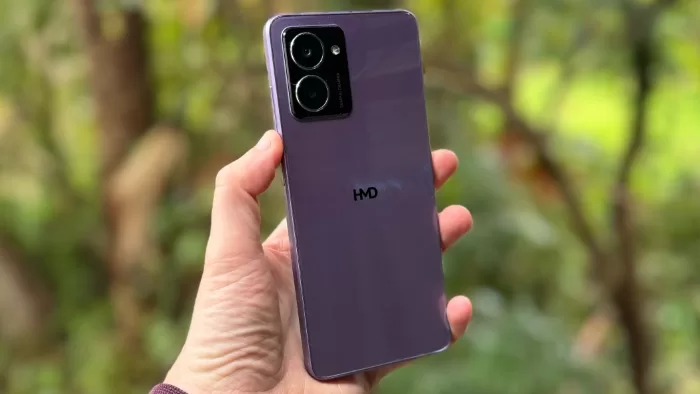
The HMD Pulse Pro runs on a 5,000mAh sealed battery, charged via USB-C at up to 20W, which is very much in line with what you should expect at this price point.
Tested battery life was decent without being exemplary; pitting it against the same group of phones saw the HMD Pulse Pro sit neatly in the middle of the pack with just 5% battery usage after an hour’s testing.
More day to day testing backed this figure up; while the HMD Pulse Pro isn’t a fast phone, you really shouldn’t have major issues keeping it running for a full day, maybe into two days for very light users.
HMD Pulse Pro: Alex’s Verdict
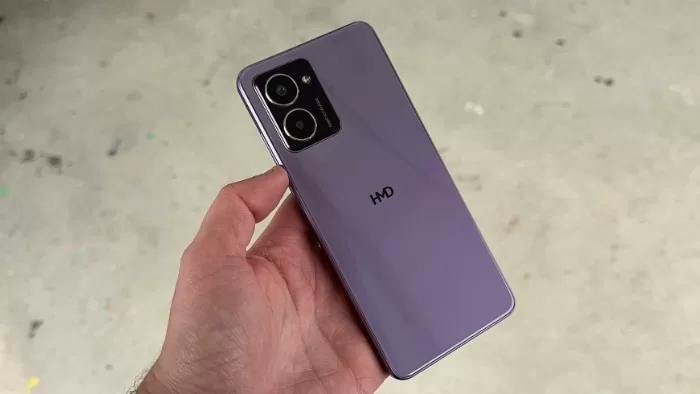
HMD is very much sticking to what it’s done best in many ways with the HMD Pulse Pro. While it’s the most expensive of the new HMD branded Android here in Australia, that “expensive” label only goes up as high as $299 outright, which still plants it in the budget category.
I do truly love HMD’s commitment to repairability and making it practical and affordable for consumers to keep their phones going as long as possible. Relatively few budget makers offer up guaranteed Android updates – especially for phones based around UNISOC chipsets – so that’s also good.
However, I am once again struck by the observation that all the updates and all the repairability are placed within a handset that’s just not that great within its price bracket.
Battery life is only average, camera performance is only average and when you look at actual application performance, it’s notably below average. That’s a much harder proposition to sell on, and it does give me pause for thought, because I’m left wondering if the value in repairability is really there for a phone a few years down the track if it’s already a slow phone right now.
HMD Pulse Pro: Pricing and availability
The HMD Pulse Pro retails in Australia for $299 outright.
Was this review useful to you? Buy me a coffee – it fuels the engine that keeps the reviews coming!






